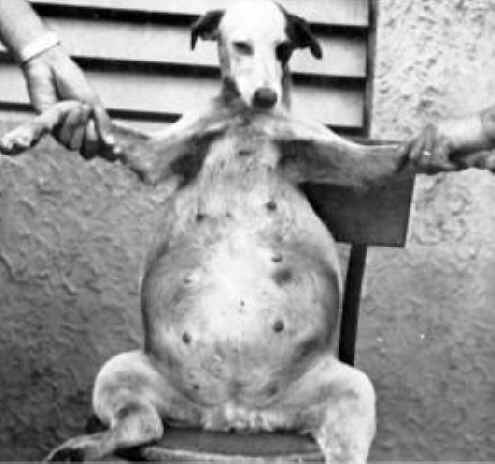
Treating Liver Disease
Treating Liver Disease
I had to post this. If you read it carefully, this article confirms what I have been saying about TREATING cirrhosis through dietary means rather than being hung out to die.
Craig
Treating Liver Disease
The predisposing cause should be identified and eliminated. Identify and remove any drug or toxin which may potentially hurt the liver.
Supportive care allows time for hepatic regeneration and recovery in some patients. Rest and confinement will help divert body resources to the healing process at the liver and reduce discomfort caused by inflammation of the liver such as painful belly, nausea, malaise. In other patients, supportive care minimizes the clinical manifestations of liver disease for variable periods of time.
Dietary management is extremely important. The goal is to provide all the necessary nutrients which may be lost due to failure of liver processing without overtaxing the liver with regards to processing of dietary intake. High levels of top quality protein to provide the essential amino acids in an easily digestible carrier which will not produce high levels of ammonia during digestion. Cottage cheese is good, meat tends to produce high levels of ammonia.
High level carbohydrates to drive the metabolism of the body, essential fatty acids not less than 6% of the daily intake, and a good mineral and vitamin supplement. The primary goal for dietary management of liver disorders includes maintaining metabolic balance while providing nutrients for healing and regeneration of damaged tissue.
Other important objectives include:
correcting and preventing malnutrition,
reducing the need for liver “work,” and
avoiding production of liver-toxic and nerve-toxic compounds.
Control water retention. Reduce sodium intake. Diuretics will help in resistant cases.
Control concurrent infections with antibiotics.
Deal with the concurrent medical problems as they crop up. The patient may develop bleeding problems, malabsorption problems, and neurological problems. Each separate problem has to be dealt with both individually and as a part of the whole disease entity. Neurological symptoms such as coma need to be addressed aggressively with a combination of therapies.
…….This is an excerpt on how vets TREAT canine cirrhosis. The emphasis being on the word treat. Nowhere does it say that cirrhosis is untreatable.
So, there’s your answer – got cirrhosis, go see a vet.
They train for longer than doctors do anyway.
Craig